Hospital Gas Pipeline Installation
750 INR/Meter
Product Details:
X
Hospital Gas Pipeline Installation Price And Quantity
- 100 Meter
- 750 INR/Meter
Hospital Gas Pipeline Installation Trade Information
- 5000 Meter Per Month
- Days
- All India
Product Description
1. Design and Planning
- Pipeline Sizing: Designed to meet the specific gas flow requirements of the facility.
- Material: Typically, copper pipes (Type L or K) are used for medical gas pipelines.
- Compliance: Adheres to international standards like NFPA 99 (National Fire Protection Association), HTM 02-01, and other relevant ISO standards.
- Layouts and Blueprints: Detailed design drawings for medical gas pipelines are prepared in advance, showing location, dimensions, and sizing.
2. Components for Installation
- Medical Gas Outlets: Specific outlets per gas type (Oxygen, Nitrous Oxide, Medical Air, Vacuum, etc.).
- MAP Company outlets typically feature color-coded and key-coded designs for safety and easy identification.
- Zonel Valves: Enables isolation of specific zones or sections in emergencies.
- Designed for easy access, usually installed at prominent, accessible points.
- Alarm Systems: Monitors pipeline pressure and alerts for any irregularities.
- Manifold Systems: Controls gas supply and ensures uninterrupted delivery.
- Control Panels: Centralized control over multiple gases for ease of operation.
- Pressure Regulators and Gauges: Ensures the gas is supplied at consistent, regulated pressure.
3. Installation Process
- Piping: Pipes are brazed using high-quality filler metals to prevent leaks and corrosion.
- Purging: The system is purged using Nitrogen to prevent contamination and oxidation during brazing.
- Labeling: Gas lines are color-coded and labeled per gas type along their length.
- Connections: Flanged, quick-connect, or threaded connections as per design.
4. Testing Procedures
- Pressure Testing: Tests for leakages by pressurizing the system with an inert gas (often Nitrogen).
- Pressure Levels: Typically 1.5 times the working pressure.
- Leak Testing: Vacuum is applied to the system and checked for any pressure drop over a set period.
- Purity Testing: Ensures that the pipeline is free from contaminants before first use.
5. Commissioning and Documentation
- Flow and Pressure Verification: Confirm that gases flow at the required pressure and volume to all outlets.
- System Documentation: Includes blueprints, certificates of compliance, inspection reports, and test results.
- Staff Training: Instruct medical staff on the usage and emergency protocols associated with the gas pipeline system.
Enter Buying Requirement Details


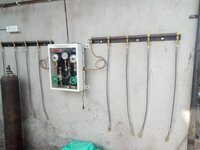
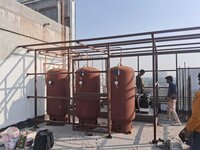
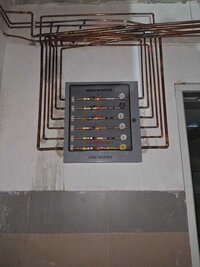
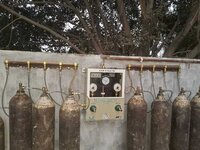
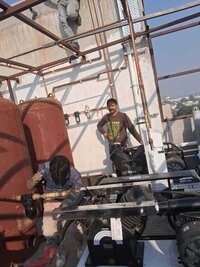







 Send Inquiry
Send Inquiry Send SMS
Send SMS Call Me Free
Call Me Free